I would like some information from those using ceramic heat bulbs to raise chicks.I have both 50w and 200w bulbs.
What type of light fixture do you use it with?
I have both the metal cage holder and the Premier 1 light fixture.
What wattage do you use for how many chicks?
What are the pros and cons of it from your experience?
I am thinking I may give it a go on the next hatch due April 17th. I currently use a radiant heater I made from using two heat pads but it’s just another thing to clean. I am thinking the ceramic heat bulb would make it much easier to clean the brooder.
What say you. Here are some photos of the fixtures and bulbs I have. I was surprised to see the 50w and 200w bulb were the same size. One last question has anyone used the ceramic bulb in the Premier 1 fixture?
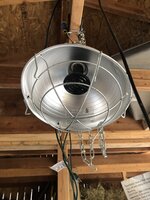
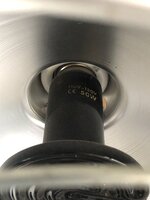
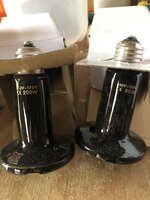
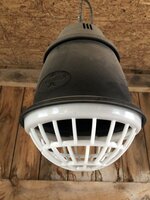
Please post pictures of your ceramic heat bulb setup!
What type of light fixture do you use it with?
I have both the metal cage holder and the Premier 1 light fixture.
What wattage do you use for how many chicks?
What are the pros and cons of it from your experience?
I am thinking I may give it a go on the next hatch due April 17th. I currently use a radiant heater I made from using two heat pads but it’s just another thing to clean. I am thinking the ceramic heat bulb would make it much easier to clean the brooder.
What say you. Here are some photos of the fixtures and bulbs I have. I was surprised to see the 50w and 200w bulb were the same size. One last question has anyone used the ceramic bulb in the Premier 1 fixture?




Please post pictures of your ceramic heat bulb setup!


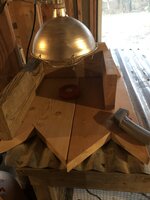
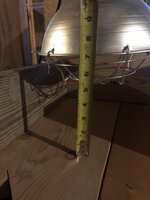
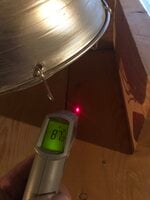
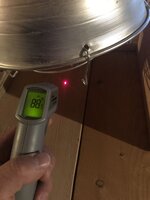
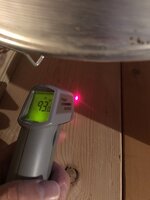
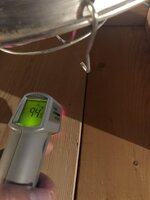
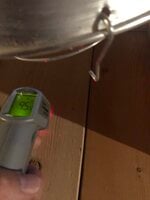
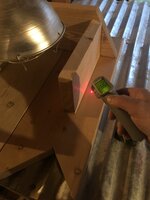
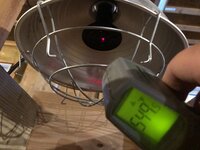
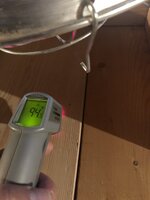
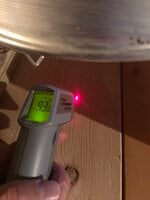
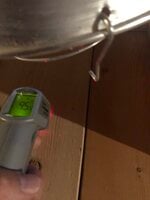






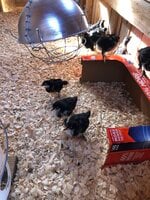
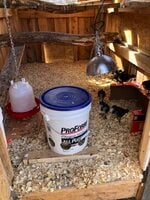
 (my brooder is more on the large side hence the higher wattage)
(my brooder is more on the large side hence the higher wattage)